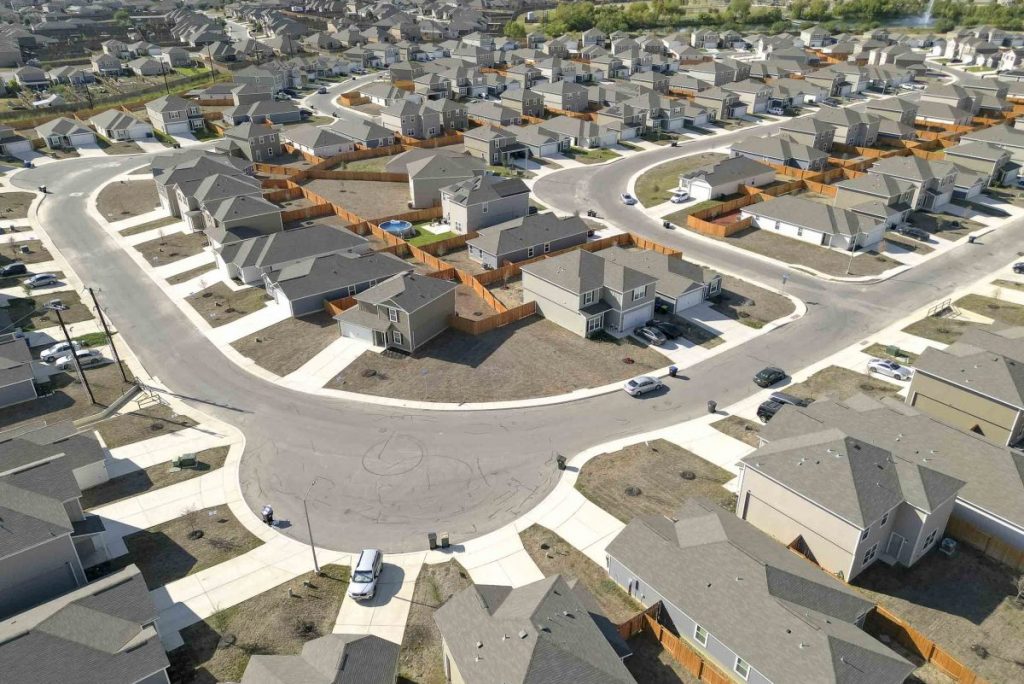With the ongoing pandemic today, expect passenger numbers to stay low since commuters remain grounded in their movement from one place to another. Based on these recent trends, another solution must focus this time on improved passenger experience: human-centric design.
Human-centric public transit design refers to a brand new approach, with an emphasis on formulating solid and efficient solutions that provide commuters and operators with a mutual benefit, therefore promoting a sustainable community. In other words, the end-user is at the core of this “human first” design approach.
Below you’ll see the components that entail the whole framework of designing and quantifying a human-centric experience:
- Ticketing and wayfinding, among other systems, must be not only user-centric but also intuitive.
- Human-centric transit design has to be “mode-agnostic” – meaning, commuters should have the option to switch between multiple available transit modes.
- Data analytics should be incorporated into the “human first” transit design to identify how spaces will likely evolve with people.
- Human-focused design must include a deeper understanding of passenger psychology to provide additional solutions like transit space activations.
The importance of implementing a human-focused design in public transit should not be dismissed, especially during these modern times.

